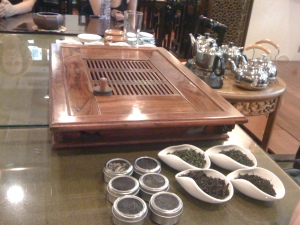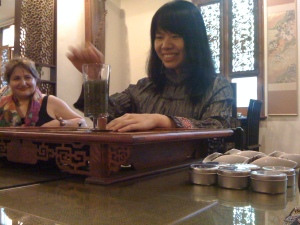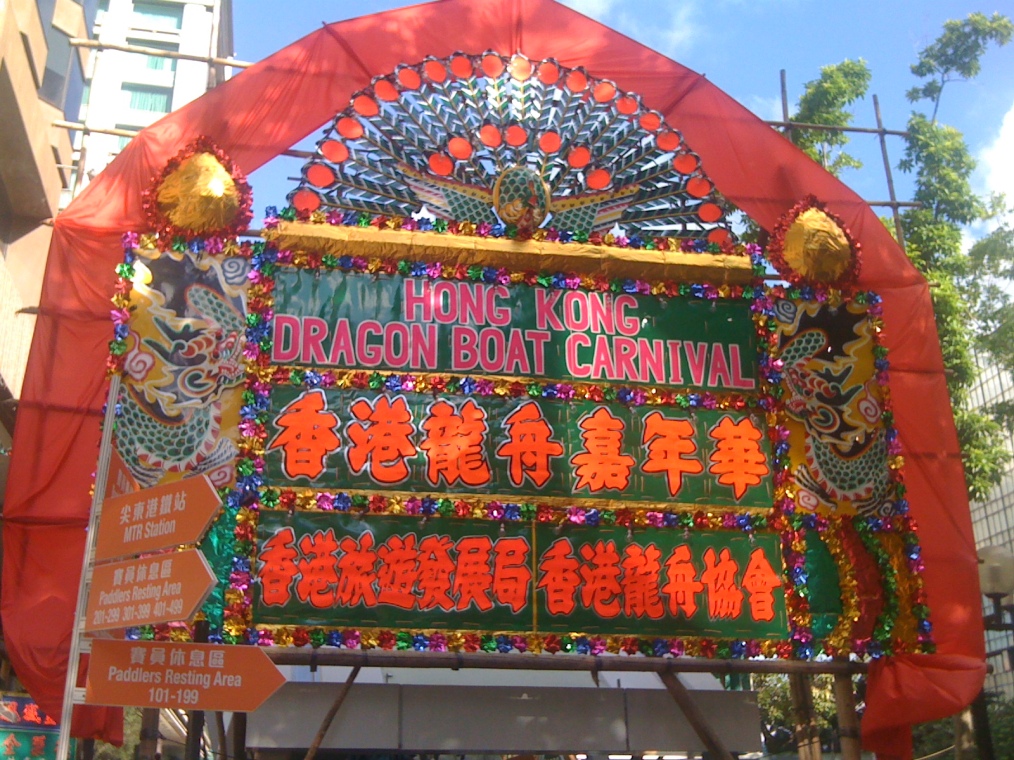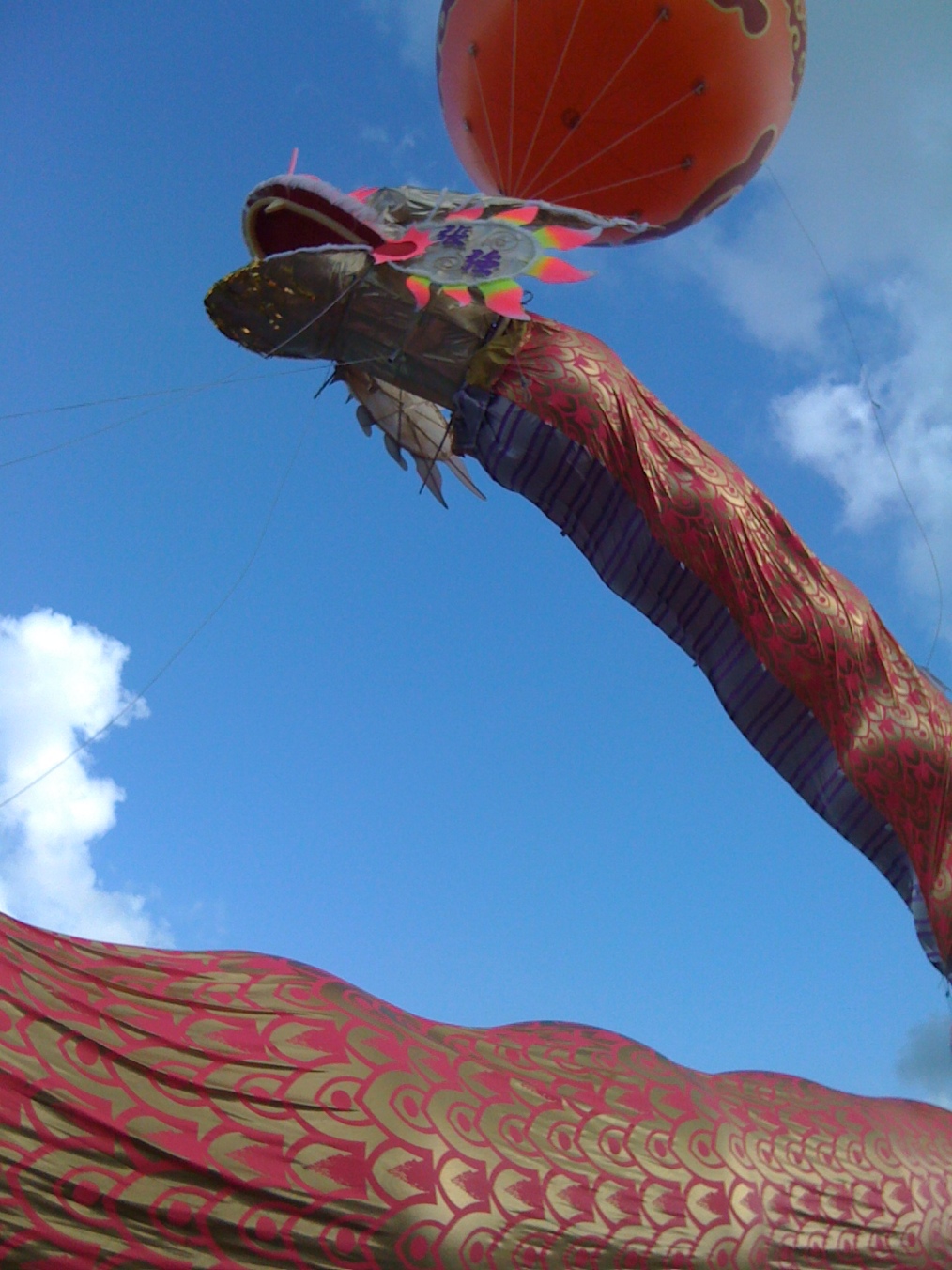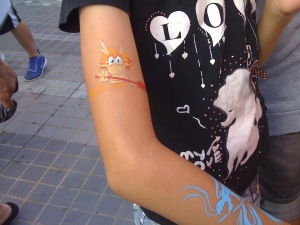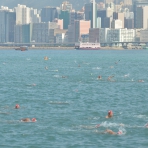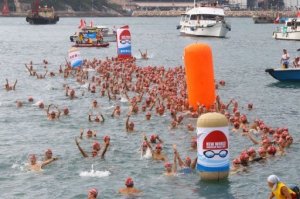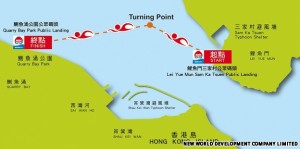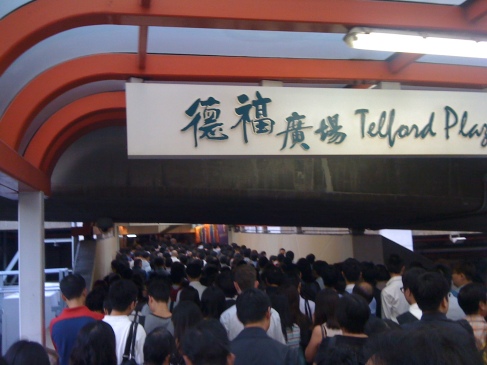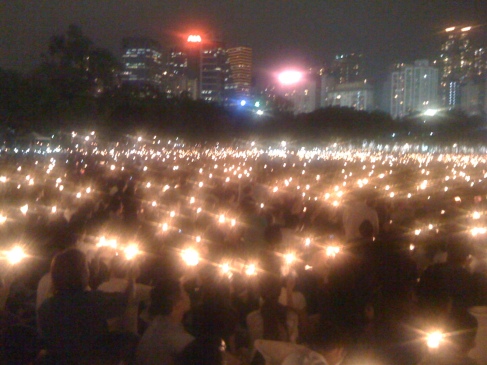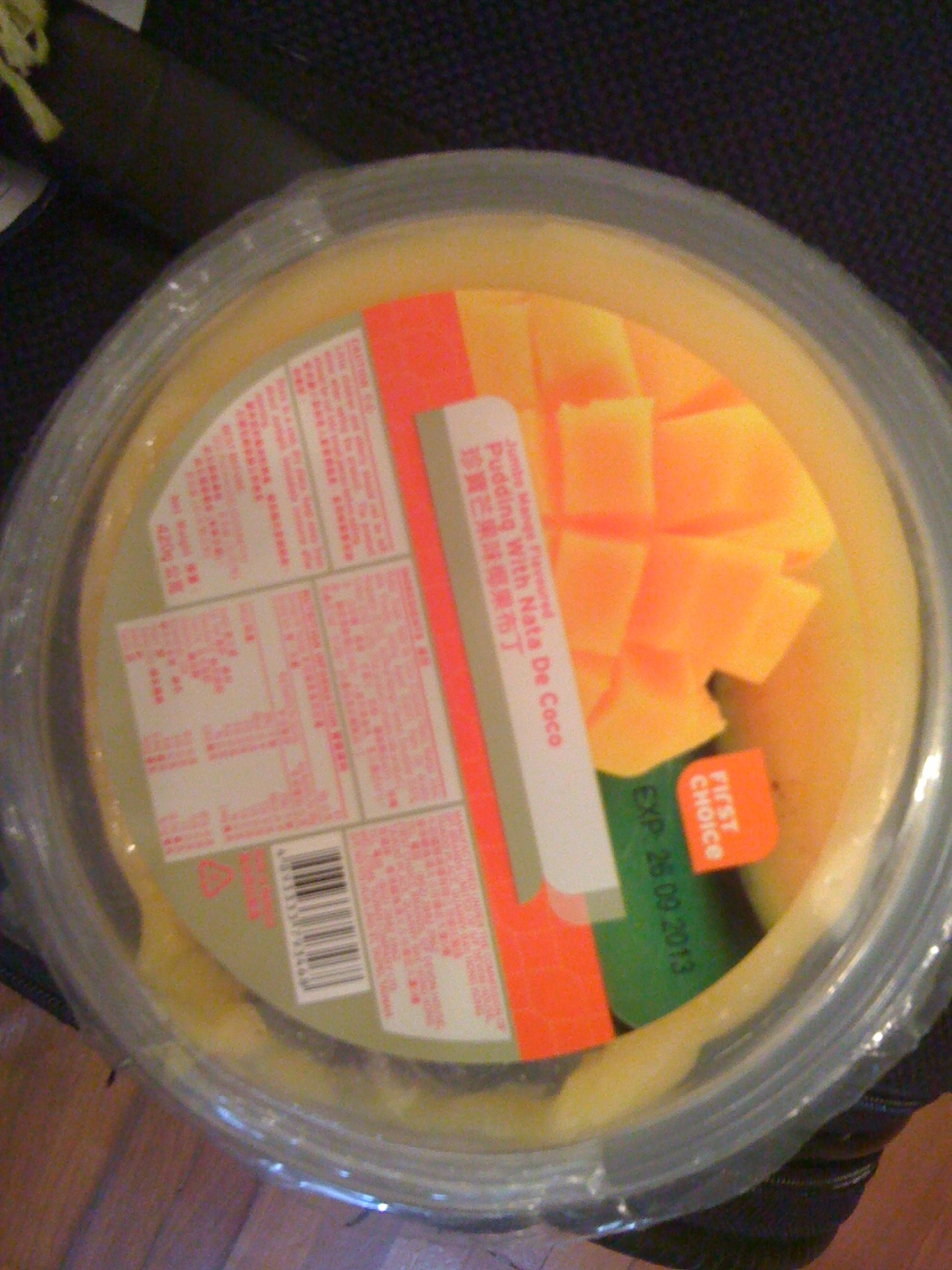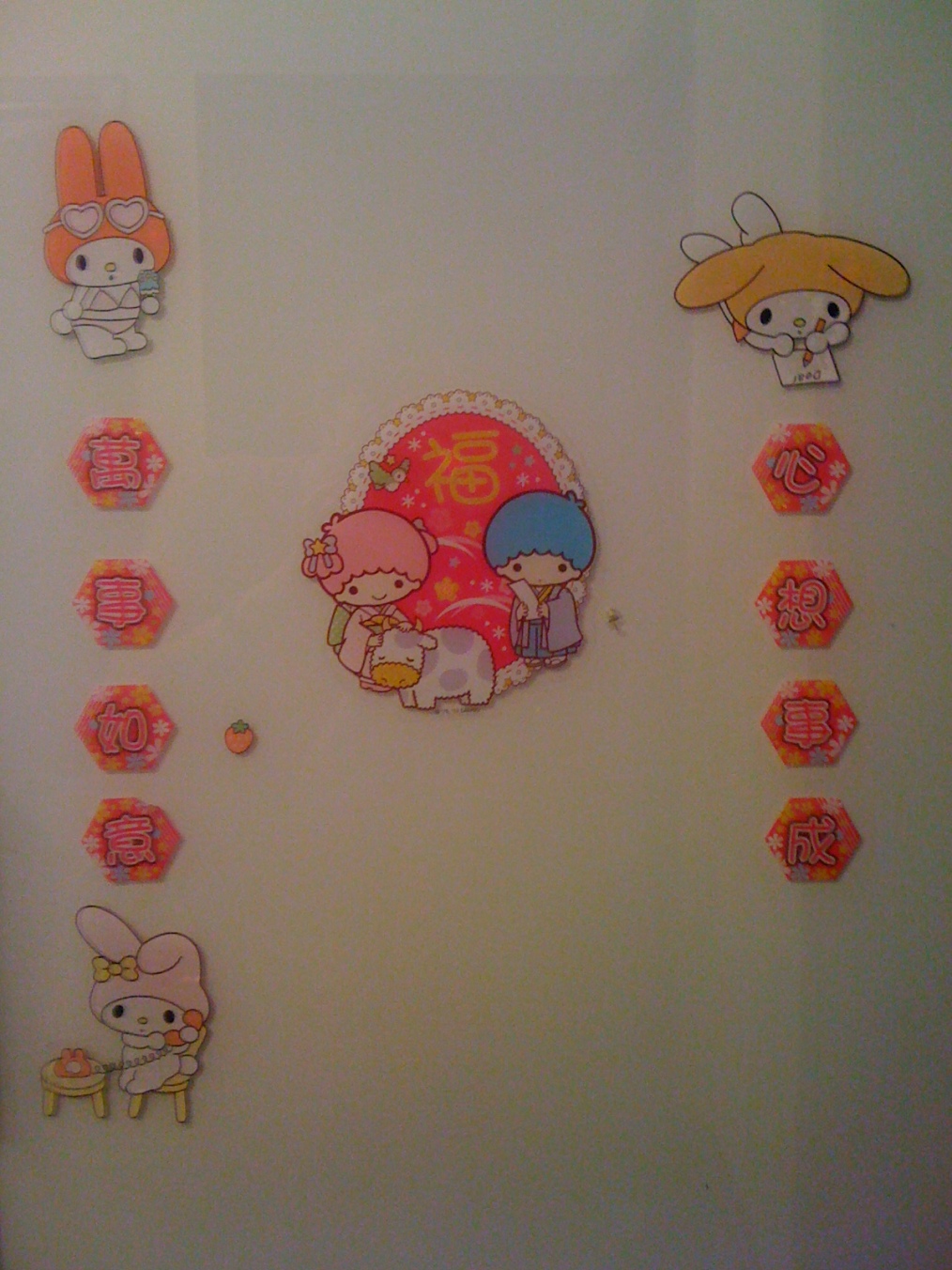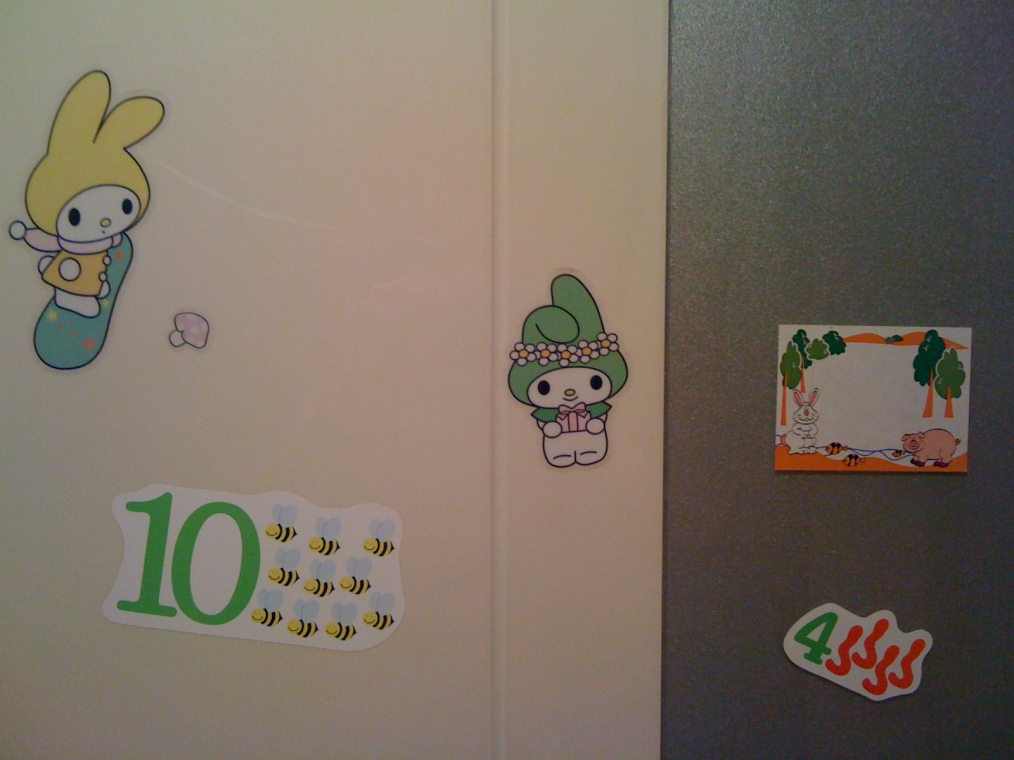I was a tourist today. The Hong Kong Tourism Board offers a wide range of free courses to visitors who stay in Hong Kong for less than 3 months. The lessons range from Kung Fu to Cantonese opera to Chinese tea appreciation. And I decided to visit the latter today.
The class took place in the Lock Cha Tea Shop in Hong Kong park, just next to the Flagstaff Museum of Teaware. The host, a timidish and gentle girl who was our guide to the magnificent world of thousands of sorts of teas, made it quite simple. ‘There are 6 kinds of teas and the way to remember them is the following: there is a traffic light – red, yellow and green and by the traffic lights you see a panda (black and white) eating bamboo (greenish)’. To be more scientific, green is the fresh tea that has not been fermented and white, yellow, greenish, red and black teas are just the gradually more fermented versions of tea.
It came as a surprise to me, a devout tea drinker, that all these six different kind of teas can be made out of one plant and it is just the process of fermentation that changes their colour, acidity and taste. Therefore all teas start off as green.
This tea appreciation session was also about trying out different teas, so the group of tourists that had gathered in this tea house today could try a green, a red and a kung fu oolong (greenish) tea. My favourite was the last one. Although I am not quite familiar with the different shades of meaning that the term kung fu has, I think I understood that the tea’s name in this case does not refer to martial arts, but the skill and diligence that goes into making this tea. It is the manpower including drying the leaves, fermenting them, checking the process etc. that requires kung fu, as well as the ceremony and art of preparing it.
Green tea is a light summery drink and is prepared with colder, definitely not boiling water (70-85 C). It can even be made with room temperature water. We tried both versions and needless to say, none of the westerners had tried a room temperature version of green tea before. It was fabulous! Apparently the green tea season is in April and May when there is lots of it in the market. By the end of the summer its taste has already changed considerably.
Our host prepared the red (known in the West as black) tea with hot (95-100C) water and added that in Asia this is definitely a winter drink. Also the teapot she had was different from the tall glass cup used for preparing green tea. It was a really mini one made of brown clay. Teapots have different shapes, sizes, thicknesses and materials depending on what kind of tea is prepared. As far as the material goes, everything is fine except for metal or plastic as those would interfere with the tea’s taste. Since red tea is prepared with very hot water, the host also heated the teapot and little cups first, pouring them over with hot water and the first steep of tea. (Similarly to an Argentine mate, Asian teas can be poured over with water several times and each time the tea will have a different taste). And to get the dried tea leaves into the pot she used a bamboo stick. Using your fingers the tea would come into contact with oils and the chemical processes would change once again.
We were also offered a transparent looking jellyish cake to finish off the tasting session. Apparently it is not a good idea to drink tea without a pastry or some food. I was also offered an explanation as to why Chinese cakes seem to have hardly no taste at all and completely fail to provide a sugary kick. Namely, it is the taste of the tea that has to prevail and the cake should not overplay it.
Our host finished the tea appreciation session by saying that tea preparation and drinking is a very meditative process, where you take time to be ceremonial (with all the cups and different pots, temperatures, quantities and pouring techniques) as well as to be with yourself. And out of all the varieties of tea the best one is the one you just like most and that makes you happy.
To sum up about all the colours (with the help of Lock Cha Tea Shop leaflet):
Green tea – fresh leaves are picked and quickly pan-fried or steamed to prevent fermentation. The taste is delicate and full of healthy antioxidants. Green tea is best prepared with low temperature water in a glass.
White tea – minimally processed. Picked and air-dried, therefore slightly fermented.
Yellow tea – a green tea with a prolonged drying process that gives it a yellowish colour. Yellow tea is rare nowadays but used to be a popular drink in the past.
Greenish tea (or oolong) – leaves are rolled and oxidized after picking. The reaction to air makes the leaves turn to darker so that the result can range between green (green colour leaves) and red (black colour leaves) tea.
Red tea – what we call black tea in the West. Leaves have been completely oxidated.
Chinese black tea (pu-er) – aged and twice fermented, usually compressed into cakes or bricks. Its taste matures with time and bricks over 50 years can already be collection items. This tea liberates from all kinds of worries like digestion problems, high cholesterol or hangovers!
